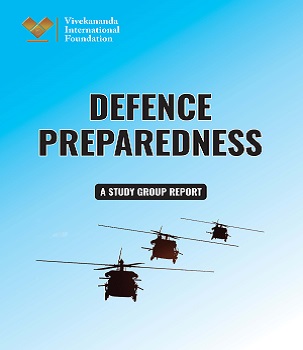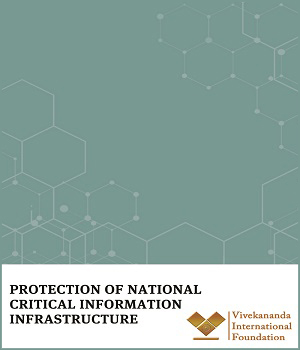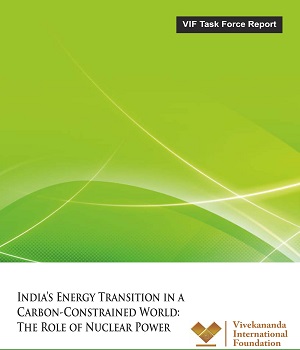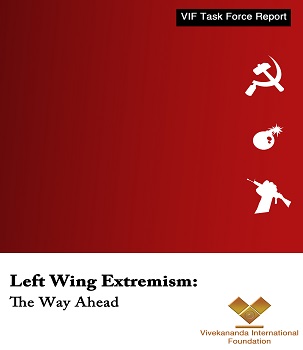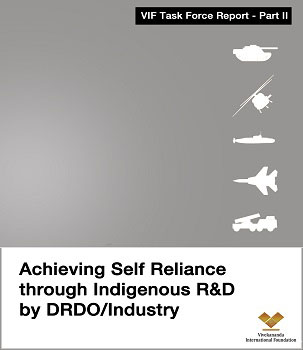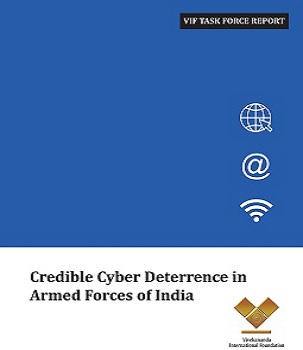This report is an outcome of a study conducted by the Vivekananda International Foundation to find out the causes of shortfall in performance and work out recommendations for further reforms in the defence sector. This study was conducted in four components, including four thematic roundtables chaired by prominent personalities like the former Defence Secretary, former Secretary Defence (R&D), former Secretary (DST) and the Vice Chancellor of DIAT; several subject-specific seminars; study of Defence Technology Ecosystems (DTEs) of important countries and review of previous Indian studies.
The purpose of constituting the Study Group on Defence Preparedness was to delve into the issues confronting the nation’s defence preparedness. The focus herein was directed at preservation of the nation’s territorial integrity in the face of China’s persistence in realigning, unilaterally and by the use of military force, the traditional Indo-Tibet Border; the long-continuing military confrontation astride the India-China Line of Actual Control (LAC) is an obvious preliminary to China’s that grand design.
The concern for climate change has spurred an intense debate on energy transition to a low carbon economy. Climate change is an existential problem facing humanity. While the developed world has contributed most to global warming, its consequences will be felt by all countries. The worst affected will be those least equipped to deal with it. Vivekananda International Foundation has undertaken a study of energy choices available to India keeping in mind our development perspective.
While developing a range of products for the Armed Forces - covering electronics, sensors, weapons, missiles, armored vehicles, combat vehicles, aircrafts, unmanned systems, advanced computing systems and advanced materials – India’s Defence Research & Development Organization (DRDO) has been applying multi-disciplinary engineering, technology and scientific methods.
India is in the next phase of digital transformation. The digital presence of economic and national security infrastructure is growing in the country at a rapid pace. All critical infrastructures are dependent and have integrated cyber technologies for management, control, and operations. Different types of software are in use. The critical systems are under various types of cyber-attacks. The complexity and numbers of attacks against critical information infrastructureare increasingand becoming sophisticated by the day.
The concern for climate change has spurred an intense debate on energy transition to a low carbon economy. Climate change is an existential problem facing humanity. While the developed world has contributed most to global warming, its consequences will be felt by all countries. The worst affected will be those least equipped to deal with it. Vivekananda International Foundation has undertaken a study of energy choices available to India keeping in mind our development perspective.
The concern for climate change has spurred an intense debate on energy transition to a low carbon economy. Climate change is an existential problem facing humanity. While the developed world has contributed most to global warming, its consequences will be felt by all countries. The worst affected will be those least equipped to deal with it. Vivekananda International Foundation has undertaken a study of energy choices available to India keeping in mind our development perspective.
Left-wing extremism, also called Naxalism, or Maoism has been around since the late 60s. After 60 years, the movement may be down but not out. The UPA government had described the Maoist movement as the greatest internal security threat. In the last few years, the government has been proactive in dealing with the Naxalist violence. A judicious mix of security and developmental measures have put considerable pressure on the movement. According to government figures, there has been a significant decline in moist violence since 2014.
India is at the cusp of metamorphosing from a regional player to one with global clout. As India’s geo-political and economic ambitions grow, it needs to develop robust indigenous manufacturing capabilities and ecosystem to secure its ambition for self-reliance in the Aerospace and Defence industry.
India has to be militarily powerful to be a meaningful player in international politics. As the world’s fifth largest economy, it must be a secure nation to deter her enemies. India’s Poet Laureate Dr. Ramdhari Singh Dinkar, in his poem quoted above, has correctly observed that only the powerful possess the ability to pardon someone and that no one cares for the weak or toothless.


